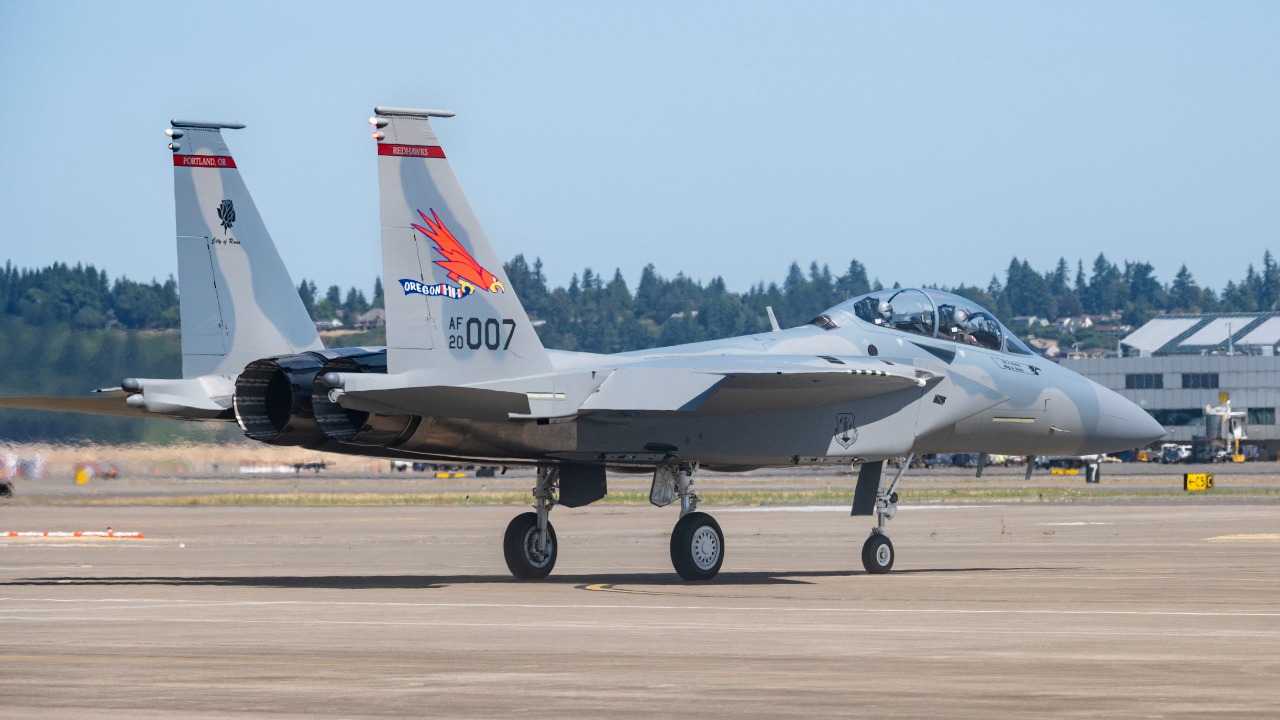
The F-15EX Eagle II is a formidable fourth-generation multirole fighter aircraft, touted for its impressive capabilities and potential longevity in a rapidly evolving military aviation landscape. While some critics argue it is a costly investment, many believe the F-15EX will outlast its rivals due to its adaptability, advanced technology, and strategic utility.
The Evolution of the F-15EX
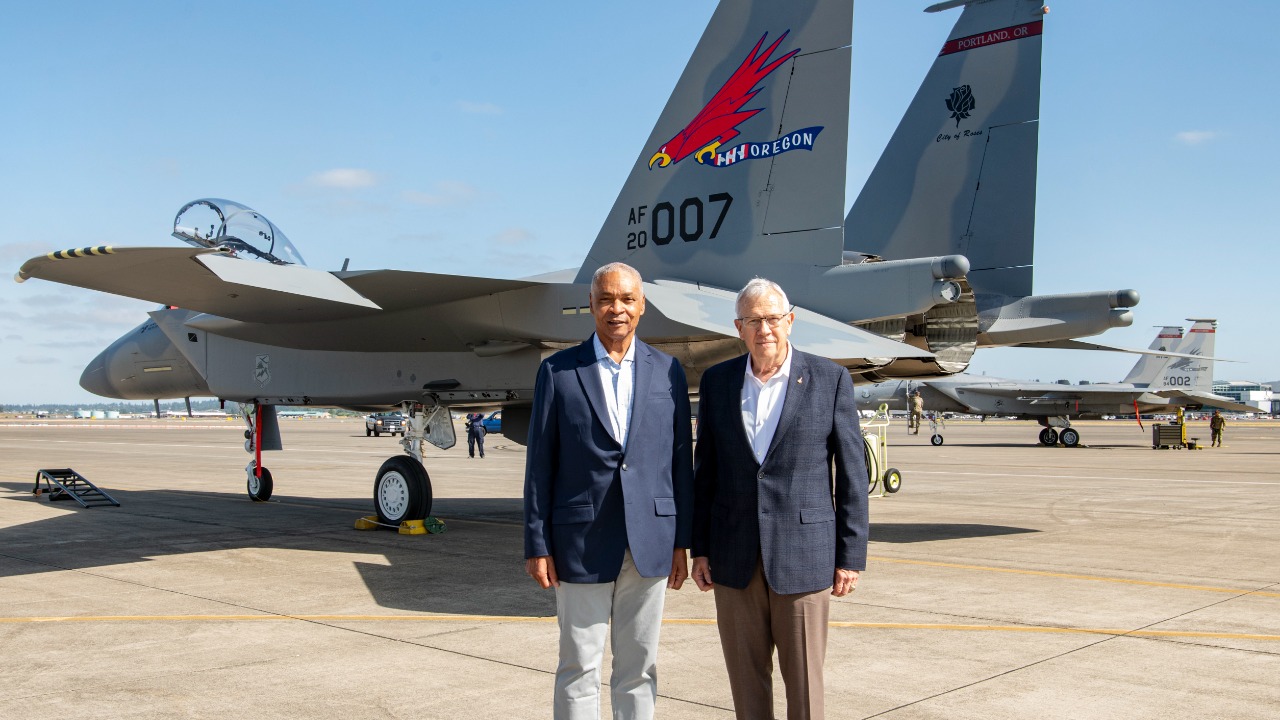
The lineage of the F-15 dates back to the early 1970s when the original F-15 was first introduced as a superior air superiority fighter. Over the decades, the F-15 has undergone numerous upgrades, culminating in the advanced F-15EX model. This latest iteration represents a significant leap forward, incorporating cutting-edge technology and design improvements to meet modern combat demands.
The F-15EX boasts key upgrades that set it apart from its predecessors. These include advanced avionics, an upgraded radar system, and enhanced electronic warfare capabilities. Moreover, the aircraft features improvements in its weaponry and mission flexibility, allowing it to perform a wide range of roles with greater efficiency.
When compared to earlier models, the F-15EX exemplifies substantial improvements. It offers superior avionics, which enhance situational awareness and targeting precision. This, combined with its increased payload capacity, makes it a versatile platform capable of executing both air superiority and ground attack missions with equal efficacy.
Technological Superiority and Adaptability
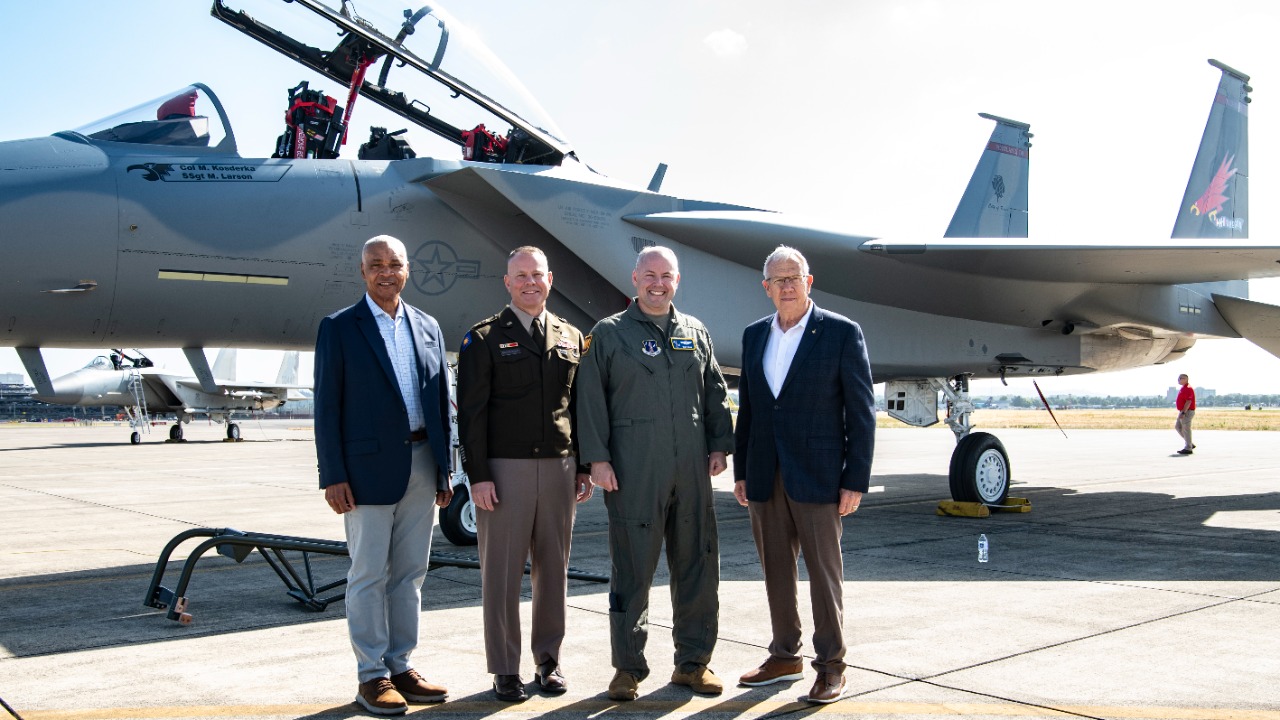
The F-15EX is equipped with state-of-the-art avionics and systems integration, making it a technologically advanced aircraft. Its advanced radar system provides superior tracking and targeting capabilities, while its electronic warfare systems offer enhanced protection against threats. This integration of systems ensures the F-15EX can operate effectively in a variety of combat scenarios.
One of the standout features of the F-15EX is its impressive payload capacity and versatility. The aircraft can carry a diverse array of weapons, from air-to-air missiles to precision-guided bombs. Additionally, it can accommodate external fuel tanks, extending its operational range and mission duration. This adaptability is crucial in modern combat environments where mission requirements can rapidly change.
The F-15EX’s design allows it to be tailored for various missions, enhancing its utility in different combat scenarios. Whether tasked with achieving air superiority or conducting ground attacks, the F-15EX’s adaptability ensures it remains an invaluable asset to military operations worldwide.
Cost-Effectiveness and Long-Term Viability
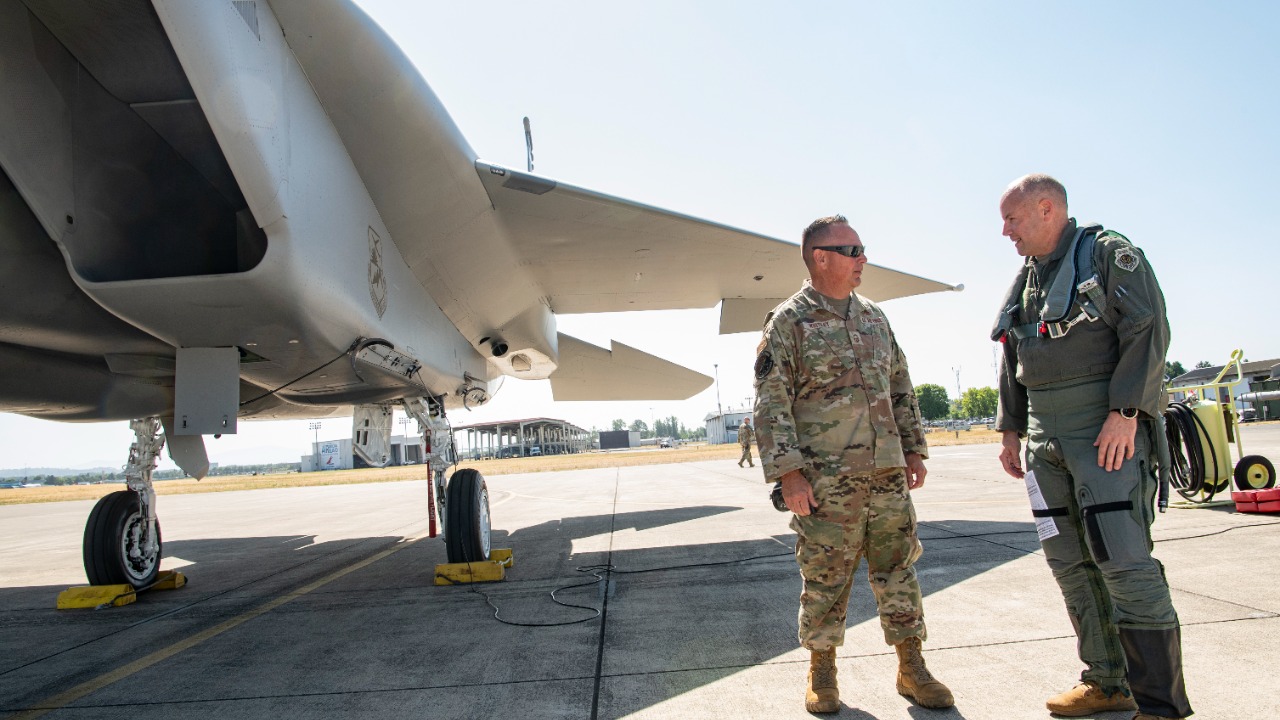
While the initial costs of acquiring the F-15EX may be high, its long-term viability lies in its cost-effectiveness over the aircraft’s lifecycle. Analyzing the financial considerations, the F-15EX offers a balance between initial investment and operational costs, making it a viable option for sustained military use.
When compared to fifth-generation fighters like the F-35, the F-15EX presents a compelling case for cost and performance benefits. Though the F-35 may have a lower purchase price, the F-15EX compensates with its reduced maintenance requirements and operational efficiencies, extending its service life and minimizing downtime.
The F-15EX’s design incorporates features that reduce maintenance complexity, enhancing its operational availability. This efficiency ensures that the aircraft remains combat-ready while minimizing logistics and support costs, contributing to its long-term viability as a key component of military aviation.
Strategic Role in the U.S. Air Force
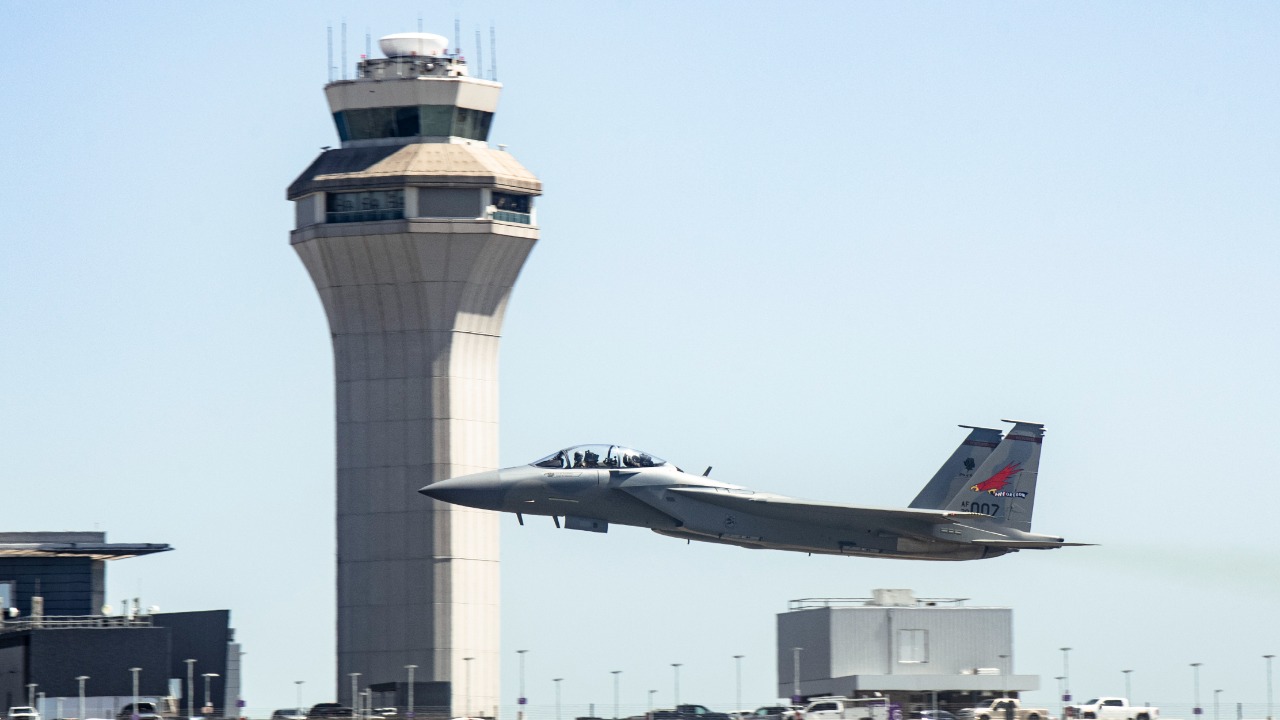
The F-15EX plays a strategic role within the U.S. Air Force by complementing its fleet of fifth-generation fighters. While the F-35 and F-22 provide advanced stealth capabilities, the F-15EX offers a robust platform for missions that demand high payload capacity and endurance. This complementarity enhances the overall combat capability of the Air Force.
In terms of national defense strategies, the F-15EX fits seamlessly into broader military planning. Its ability to perform multiple roles ensures that it can adapt to various operational requirements, strengthening the Air Force’s ability to project power globally. Moreover, the potential for international sales and partnerships positions the F-15EX as a valuable asset for strengthening alliances through foreign military sales.
Criticisms and Challenges
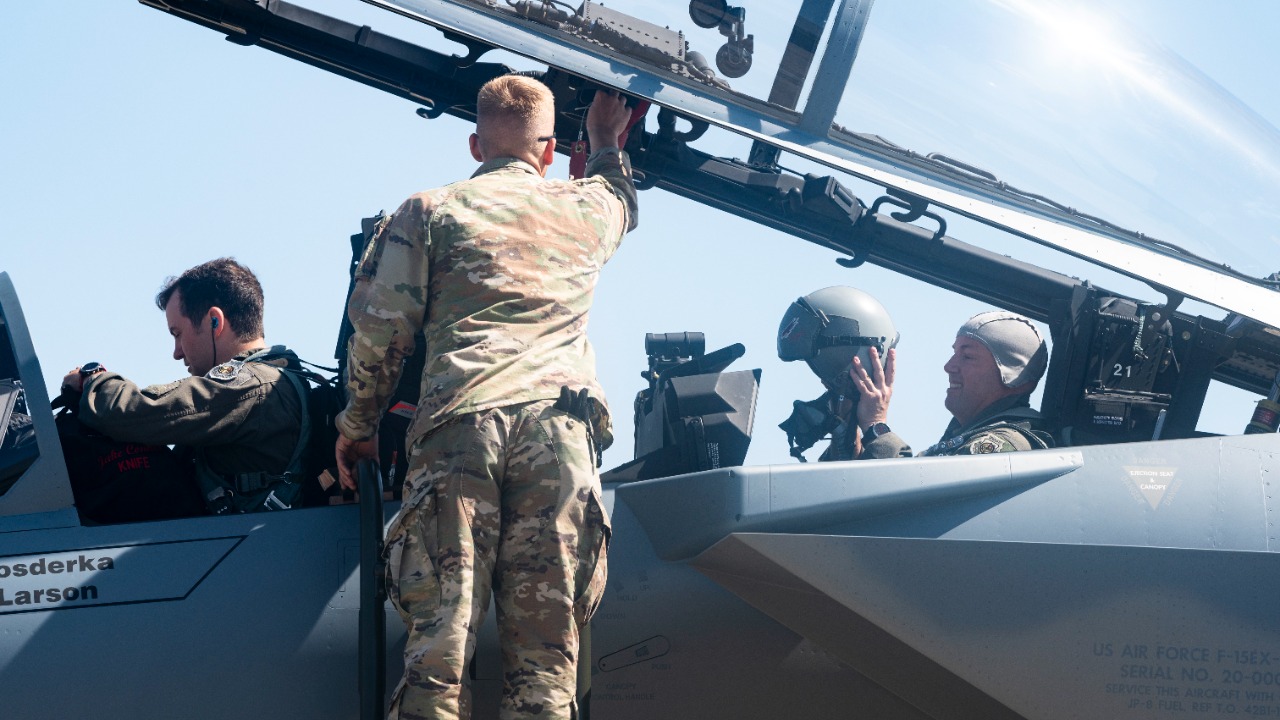
Despite its many advantages, the F-15EX faces criticisms and challenges, particularly concerning budgetary constraints and opposition. Some argue that investing in the F-15EX is not cost-effective given the availability of fifth-generation alternatives. However, proponents highlight its unique capabilities and strategic importance as reasons for continued investment.
The F-15EX must also contend with technological competition from emerging threats and advancements in adversary aircraft. As nations develop more sophisticated air defense systems and fighter jets, the F-15EX will need continuous updates and enhancements to maintain its edge. Advocates for the F-15EX argue for sustained investment to ensure a robust and capable fleet that can effectively respond to evolving threats.
The Future of Air Superiority
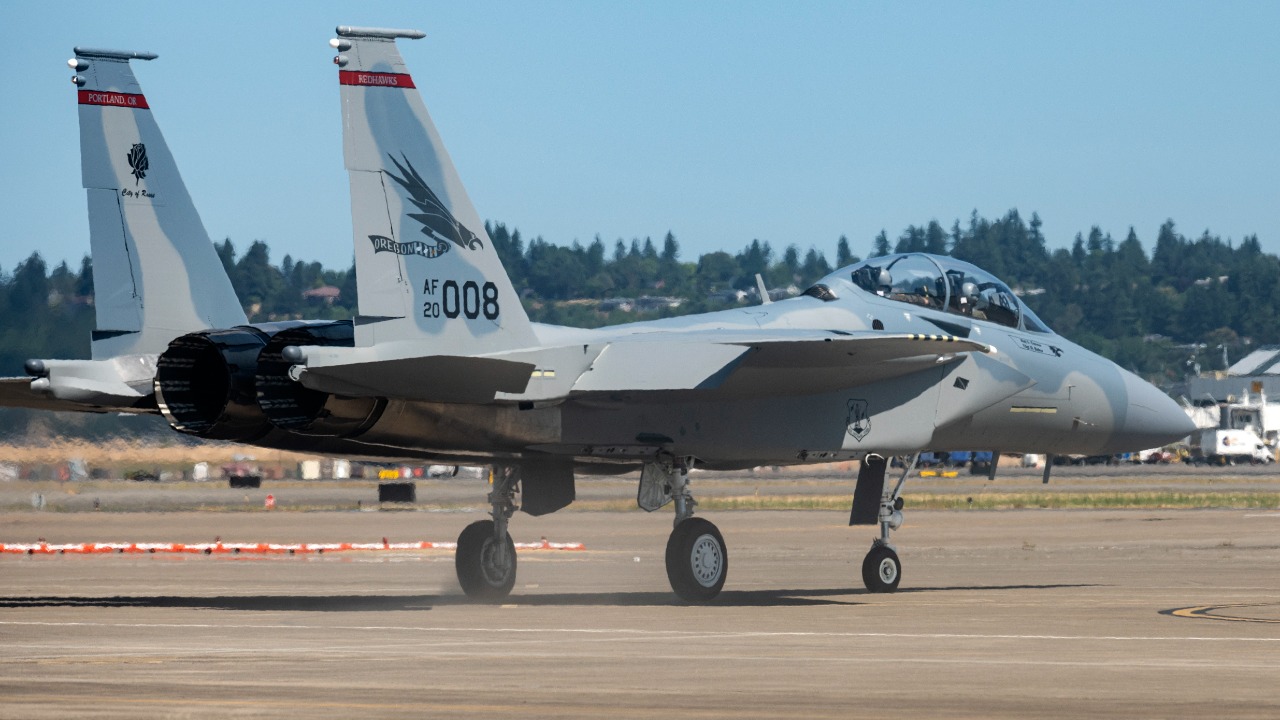
Looking ahead, the F-15EX is poised for a long operational lifespan, with plans for future upgrades already in the pipeline. These enhancements will ensure that the aircraft remains relevant in coming decades, adapting to new technologies and combat requirements as they emerge.
Innovations on the horizon include developments in avionics, stealth features, and weapon systems that could further bolster the F-15EX’s capabilities. By staying at the forefront of technological advancements, the F-15EX can continue to play a pivotal role in military aviation.
Ultimately, the F-15EX’s legacy in military aviation is likely to be one of versatility and endurance. As a platform that combines advanced technology with proven performance, it stands as a testament to the enduring value of fourth-generation aircraft in modern air forces worldwide.